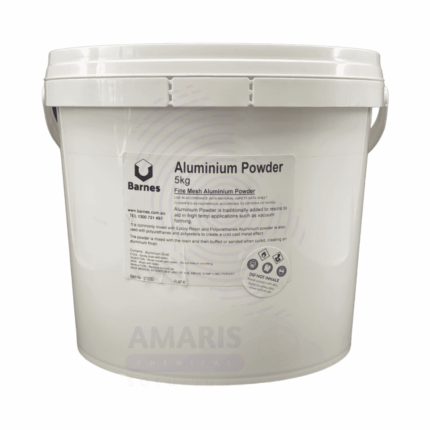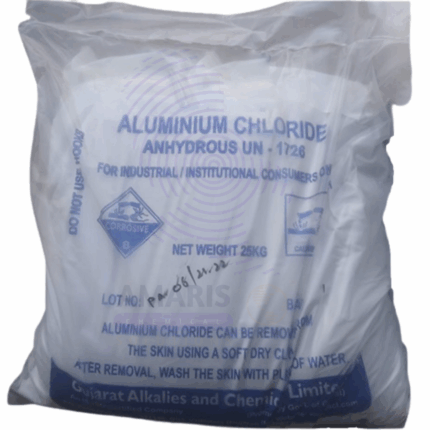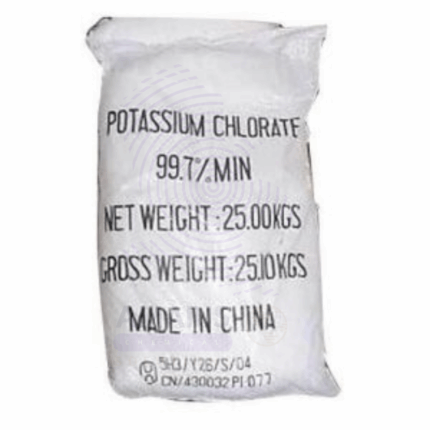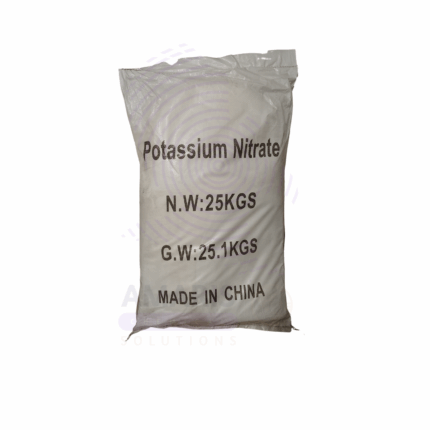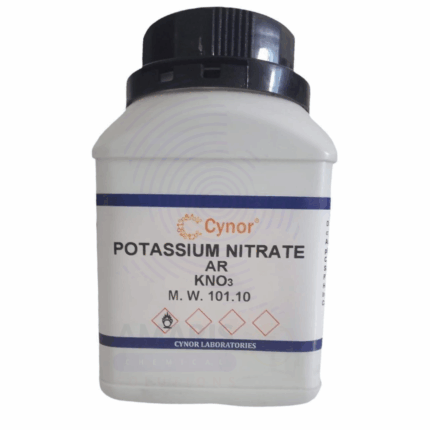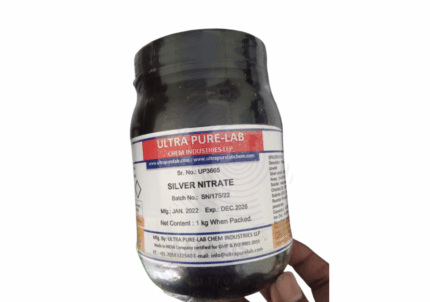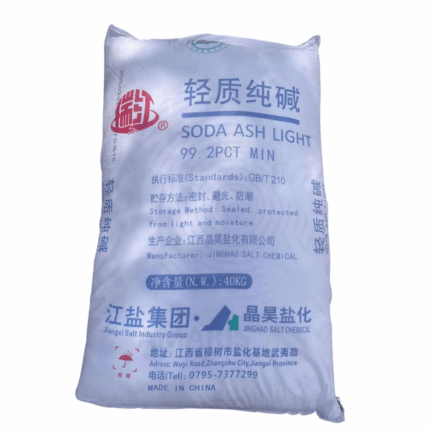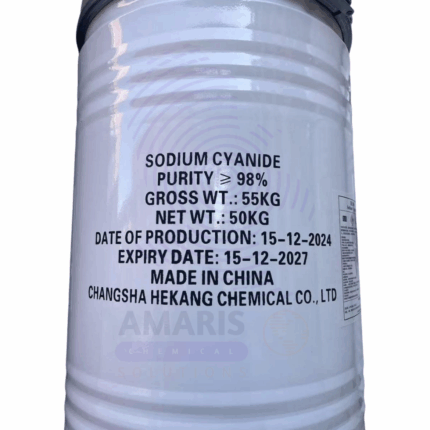Back to products
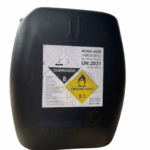

Nitric Acid
$ 2.00 Original price was: $ 2.00.$ 1.88Current price is: $ 1.88.
Barium Nitrate
Whatsapp Order
Barium Nitrate is an inorganic chemical compound, a white crystalline solid composed of barium and nitrate ions. It is highly soluble in water and serves as an oxidizing agent. Due to its energetic properties, barium nitrate is widely used in pyrotechnics to produce vibrant green colors and as an oxidizer in explosives and fireworks. It is also utilized in the manufacturing of barium oxide and other barium compounds. Barium nitrate must be handled carefully due to its toxicity and oxidizing nature.
Description
Primary Uses
Pyrotechnics & Fireworks
- Used as an oxidizer in fireworks and flares.
- Provides bright green coloration in pyrotechnic compositions.
- Key component in signal flares and military applications.
Explosives & Propellants
- Acts as a strong oxidizer in explosive formulations.
- Used in detonators and blasting caps.
Chemical Manufacturing
- Used to produce other barium compounds, such as barium oxide and barium carbonate.
- Employed in the preparation of ceramics and glass to impart specific properties.
Other Industrial Applications
- Used in vacuum tubes and electronics manufacturing as a getter material.
- Occasionally used in oil well drilling fluids to increase density.
Table of Contents
Toggle
Secondary Uses
- Used in analytical chemistry for qualitative and quantitative analysis of sulfates.
- Employed in laboratories as a reagent for chemical synthesis.
- Utilized in specialty coatings and paints to provide corrosion resistance.
PRODUCT KEY FEATURES
- Basic Identification Attributes
- Chemical Name (IUPAC): Barium nitrate
- Common/Trade Names: Barium nitrate
- CAS Number: 10022-31-8
- HS Code: 2834.20.00
- Molecular Formula: Ba(NO₃)₂
- Synonyms: Barium dinitrate, Barium nitrate salt
- Physical & Chemical Properties
- Physical State: White crystalline powder
- Color & Odor: White, odorless
- Melting Point: 592 °C (decomposes)
- Boiling Point: Decomposes before boiling
- Density: 3.24 g/cm³
- Solubility: Highly soluble in water (about 90 g/100 mL at 20°C)
- pH Level: Slightly acidic in aqueous solution
- Vapor Pressure: Negligible
- Flash Point: Not flammable (oxidizer)
- Safety & Hazard Attributes
- Hazard Class (GHS): Oxidizing solid (Category 3), Acute toxicity (Category 3, oral), Specific target organ toxicity — single exposure (Category 1, respiratory system)
- NFPA Ratings: Health 3, Flammability 0, Reactivity 1
- Exposure Limits: No specific OSHA PEL; avoid inhalation and ingestion due to toxicity
- Reactivity: Strong oxidizer, reacts violently with combustible and reducing materials
- Toxicity: Toxic if swallowed, inhaled, or absorbed through skin; harmful to aquatic life
- Storage & Handling Attributes
- Storage Conditions: Store in a cool, dry, well-ventilated area away from combustible materials and organic substances
- Container Type: Use corrosion-resistant containers, tightly sealed
- Shelf Life: Stable when stored properly
- Special Handling: Use explosion-proof equipment; avoid friction, shock, and contamination with incompatible materials
- Regulatory & Compliance Attributes
- Regulatory Status: Regulated as hazardous material due to oxidizing and toxic properties
- Transportation: Classified as an oxidizer (UN 1444), handled under dangerous goods regulations
- Waste Disposal: Dispose according to local hazardous waste regulations; avoid release into the environment
- Environmental & Health Impact
- Ecotoxicity: Very toxic to aquatic life with long-lasting effects
- Persistence: Does not readily biodegrade
- Carcinogenicity/Mutagenicity: Not classified as carcinogenic
- Biodegradability: Inorganic compound, non-biodegradable
SAFETY HANDLING PRECAUTIONS
Safety Handling Precautions
- PPE: Wear chemical-resistant gloves, safety goggles, and protective clothing. Use a NIOSH-approved respirator if dust or fumes may be inhaled.
- Handling: Avoid generating dust. Handle in a well-ventilated area. Keep away from heat, sparks, and open flames.
- Storage: Store separately from combustible and organic materials. Ensure containers are tightly closed and in a secure area.
- Hygiene: Wash hands thoroughly after handling. Avoid eating, drinking, or smoking during use.
First Aid Measures
- Inhalation: Move person to fresh air immediately. If breathing is difficult, provide oxygen and seek medical attention.
- Skin Contact: Wash skin thoroughly with soap and water. Remove contaminated clothing. Seek medical advice if irritation persists.
- Eye Contact: Rinse eyes with plenty of water for at least 15 minutes. Seek medical attention if irritation continues.
- Ingestion: Do not induce vomiting. Rinse mouth with water and seek immediate medical attention.
Firefighting Measures
- Fire Hazards: Not combustible but is a strong oxidizer and can intensify fires. May release toxic gases such as nitrogen oxides when heated.
- Extinguishing Media: Use water spray or fog to extinguish surrounding fire. Do NOT use dry chemical extinguishers or foam alone on a large scale fire involving oxidizers.
- Special Precautions: Firefighters should wear full protective gear and self-contained breathing apparatus (SCBA). Cool containers with water spray to prevent rupture.
Related products
Aluminum Fine Powder
$ 0.20
Aluminum fine powder consists of finely divided aluminum particles, typically metallic and silvery-white in appearance. It is produced by atomization or grinding of bulk aluminum and is valued for its high surface area, excellent conductivity, and lightweight metallic properties. Aluminum fine powder is extensively used in various industrial applications including metallurgy, pyrotechnics, coatings, additive manufacturing, and as a pigment. Due to its reactivity, it requires careful handling and storage. Its fine particulate nature makes it particularly useful where rapid oxidation or reaction is desired, such as in explosives or energetic materials. It is also employed in the manufacturing of paints, inks, and cosmetics to impart metallic luster.
Anhydrous Aluminum Chloride
Anhydrous Aluminum Chloride (AlCl₃) is a white to pale yellow crystalline solid known for its strong Lewis acid properties. It is a key catalyst widely used in organic synthesis, especially in Friedel-Crafts alkylation and acylation reactions. Due to its high reactivity with moisture, it must be stored and handled under strictly anhydrous conditions. Anhydrous Aluminum Chloride also finds applications in polymerization, pharmaceuticals, and the production of dyes, pharmaceuticals, and petrochemicals.
Potassium Chlorate
Potassium Chlorate is a strong oxidizing agent and crystalline chemical compound widely used in various industrial, laboratory, and commercial applications. It appears as a white, odorless, and water-soluble solid. Potassium Chlorate serves primarily as a source of oxygen in chemical reactions and is critical in the manufacture of explosives, matches, fireworks, and disinfectants. Due to its reactive nature, it requires careful handling and storage.
Potassium Nitrate
Potassium Nitrate is a white crystalline salt commonly known as saltpeter. It is a key oxidizing agent widely used in fertilizers, food preservation, pyrotechnics, and chemical manufacturing. Potassium Nitrate provides essential potassium and nitrogen nutrients in agriculture and acts as a source of oxygen in combustion reactions. Its stability and solubility make it valuable across various industries from agriculture to explosives.
Potassium Nitrate Extra Pure
Potassium Nitrate Extra Pure is a high-purity, crystalline chemical compound widely used in laboratories, pharmaceuticals, and food-grade applications. It serves as a strong oxidizing agent, commonly employed in analytical chemistry, fertilizer formulation, and pyrotechnics. In pharmaceutical settings, it may be used in toothpaste for sensitive teeth, while in food processing, it can function as a preservative under strict regulatory control. Its extra pure grade ensures low levels of impurities, making it ideal for precision-dependent procedures. The compound should be stored in a cool, dry place away from incompatible substances to maintain its stability and reactivity.
Silver Nitrate Extra Pure
Silver Nitrate Extra Pure is a high-purity, colorless to white crystalline solid widely used in analytical chemistry, medical treatments, and photography. Known as lunar caustic, it serves as a key reagent for detecting halides and as an antiseptic agent. Its high solubility in water and sensitivity to light requires careful storage in dark, sealed containers. The Extra Pure grade ensures minimal impurities for precision work.
Sodium Carbonate (Magadi Soda)
Sodium Carbonate (Magadi Soda) is an inorganic white powder with the chemical formula Na₂CO₃. It is a key industrial alkali used in glass manufacturing, water treatment, and chemical production. This light-density form is highly soluble and reacts with acids to form salts, making it essential for pH regulation and as a cleaning agent in various industrial processes.
Sodium Cyanide
Sodium Cyanide is a highly toxic, white crystalline compound used primarily in the mining industry for gold and silver extraction via cyanidation. It acts as a powerful chemical reagent and is employed in various industrial processes including metal plating, chemical synthesis, and organic chemistry. Due to its hazardous nature, strict handling and storage protocols are essential.


 Preservatives(food)
Preservatives(food) Flavor Enhancers
Flavor Enhancers Acidulants
Acidulants Sweeteners
Sweeteners Antioxidants
Antioxidants Colorants(food)
Colorants(food) Nutraceutical Ingredients (food)
Nutraceutical Ingredients (food) Nutrient Supplements
Nutrient Supplements Emulsifiers
Emulsifiers
 Collectors
Collectors Dust Suppressants
Dust Suppressants Explosives and Blasting Agents
Explosives and Blasting Agents Flocculants and Coagulants
Flocculants and Coagulants Frothers
Frothers Leaching Agents
Leaching Agents pH Modifiers
pH Modifiers Precious Metal Extraction Agents
Precious Metal Extraction Agents
 Antioxidants(plastic)
Antioxidants(plastic) Colorants (Pigments, Dyes)
Colorants (Pigments, Dyes) Fillers and Reinforcements
Fillers and Reinforcements Flame Retardants
Flame Retardants Monomers
Monomers Plasticizers
Plasticizers Polymerization Initiators
Polymerization Initiators Stabilizers (UV, Heat)
Stabilizers (UV, Heat)
 Antifoaming Agents
Antifoaming Agents Chelating Agents
Chelating Agents Coagulants and Flocculants
Coagulants and Flocculants Corrosion Inhibitors
Corrosion Inhibitors Disinfectants and Biocides
Disinfectants and Biocides Oxidizing Agents
Oxidizing Agents pH Adjusters
pH Adjusters Scale Inhibitors( water)
Scale Inhibitors( water)
 Antioxidants(cosmetic)
Antioxidants(cosmetic) Emollients
Emollients Fragrances and Essential Oils
Fragrances and Essential Oils Humectants
Humectants Preservatives
Preservatives Surfactants(cosmetic)
Surfactants(cosmetic) Thickeners
Thickeners UV Filters
UV Filters
 Fertilizers
Fertilizers Soil Conditioners
Soil Conditioners Plant Growth Regulators
Plant Growth Regulators Animal Feed Additives
Animal Feed Additives Biostimulants
Biostimulants Pesticides (Herbicides, Insecticides, Fungicides)
Pesticides (Herbicides, Insecticides, Fungicides)
 Active Pharmaceutical Ingredients (APIs)
Active Pharmaceutical Ingredients (APIs) Excipients
Excipients Solvents(pharmaceutical)
Solvents(pharmaceutical) Antibiotics
Antibiotics Antiseptics and Disinfectants
Antiseptics and Disinfectants Vaccine Adjuvants
Vaccine Adjuvants Nutraceutical Ingredients (pharmaceutical)
Nutraceutical Ingredients (pharmaceutical) Analgesics & Antipyretics
Analgesics & Antipyretics
 Analytical Reagents
Analytical Reagents Solvents(lab)
Solvents(lab) Chromatography Chemicals
Chromatography Chemicals Spectroscopy Reagents
Spectroscopy Reagents microbiology-and-cell-culture-reagents
microbiology-and-cell-culture-reagents Molecular Biology Reagents
Molecular Biology Reagents Biochemical Reagents
Biochemical Reagents Inorganic and Organic Standards
Inorganic and Organic Standards Laboratory Safety Chemicals
Laboratory Safety Chemicals Specialty Laboratory Chemicals(Special Laboratory Equipment)
Specialty Laboratory Chemicals(Special Laboratory Equipment)
 Demulsifiers
Demulsifiers Hydraulic Fracturing Fluids
Hydraulic Fracturing Fluids Scale Inhibitors(oil)
Scale Inhibitors(oil) Surfactants(oil)
Surfactants(oil) Drilling Fluids
Drilling Fluids
 Dyes and Pigments
Dyes and Pigments Bleaching Agents
Bleaching Agents Softening Agents
Softening Agents Finishing Agents
Finishing Agents Antistatic Agents
Antistatic Agents
 Admixtures
Admixtures Waterproofing Agents
Waterproofing Agents Sealants and Adhesives
Sealants and Adhesives Curing Compounds
Curing Compounds Concrete Repair Chemicals
Concrete Repair Chemicals Anti-Corrosion Coatings
Anti-Corrosion Coatings
 Surfactants(cleaning)
Surfactants(cleaning) Builders
Builders Enzymes
Enzymes Solvents (Cleaning)
Solvents (Cleaning) Fragrances
Fragrances
 Electronic Chemicals
Electronic Chemicals Catalysts
Catalysts Lubricants
Lubricants Photographic Chemicals
Photographic Chemicals Refrigerants
Refrigerants Automotive chemicals
Automotive chemicals Pyrotechnic Chemicals
Pyrotechnic Chemicals
 Biodegradable Surfactants
Biodegradable Surfactants Bio-based Solvents
Bio-based Solvents Renewable Polymers
Renewable Polymers Carbon Capture Chemicals
Carbon Capture Chemicals Wastewater Treatment Chemicals
Wastewater Treatment Chemicals
 Pigments
Pigments Solvents(paint)
Solvents(paint) Specialty Coatings
Specialty Coatings Binders/Resins
Binders/Resins Additives
Additives Driers
Driers Anti-Corrosion Agents
Anti-Corrosion Agents Functional Coatings
Functional Coatings Application-Specific Coatings
Application-Specific Coatings
 Fresh Herbs
Fresh Herbs Ground Spices
Ground Spices Whole Spices
Whole Spices Spice Blends
Spice Blends Dried Herbs
Dried Herbs
 Leavening Agents
Leavening Agents Dough Conditioners
Dough Conditioners Flour Treatments
Flour Treatments Fat Replacers
Fat Replacers Decoratives
Decoratives Preservatives(baking)
Preservatives(baking)
 Plasticizers & Softeners
Plasticizers & Softeners Reinforcing Agents
Reinforcing Agents Adhesion Promoters
Adhesion Promoters Vulcanizing Agents
Vulcanizing Agents Antidegradants
Antidegradants Blowing Agents
Blowing Agents Fillers & Extenders
Fillers & Extenders Accelerators & Retarders
Accelerators & Retarders



